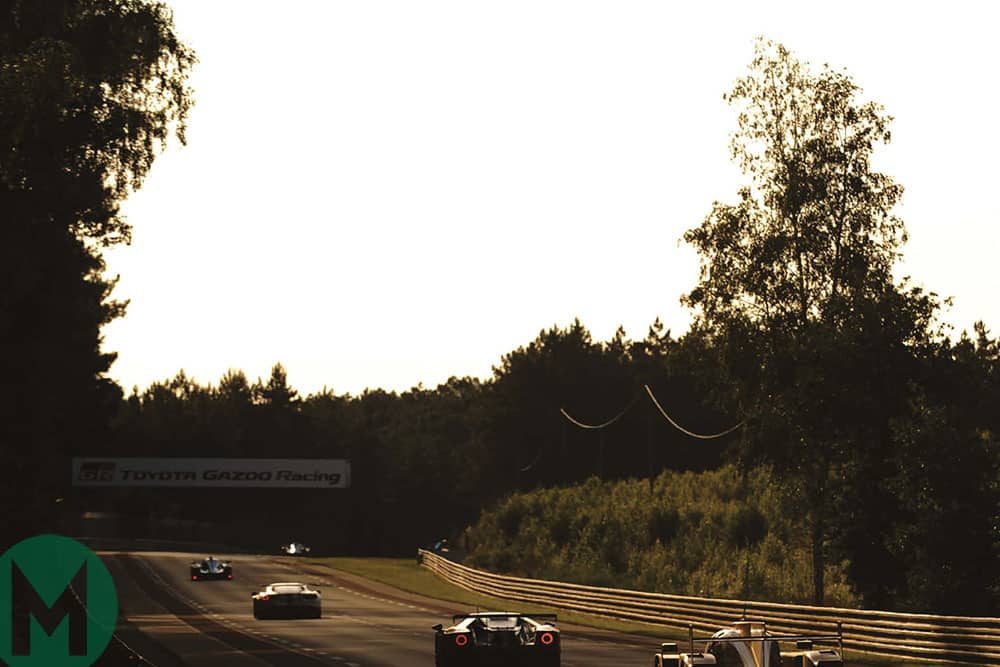International News Hot Topic
WEIGHING ON THEIR MINDS
The constant battle for performance equality
Success ballast: you love it or you loathe it, but it will be part of the landscape in the top class of the World Endurance Championship from 2020/21.
The news was announced by the WEC during confirmation of the new hypercar concept prototype technical regulations.
The rule makers, the FIA and WEC promoter the Automobile Club de l’Ouest, want to iron out the performance differentials in a category that has the creation of a level-playing field at its very core. Maximum downforce and minimum drag coefficients, to be measured in the wind tunnel, have been set for the new generation of prototypes, while engine performance will also be capped.
But there is another reason for the introduction of success ballast. The hypercar concept rules have been devised to slash the cost of competing at the pinnacle of sports car racing. The threat of having to carry up to 50kg of lead, reason the rule makers, will act as a deterrent to expensive development programmes.
They’ve come up with a simple system. Half a kilo will be added to a car for every championship point it scores, up to a maximum of 50kg.
But many question the use of success ballast in endurance racing. Winning a long-distance race is not just about performance and speed. So the new system hits successful cars rather than quick cars. And there can be a difference.
A car winning a six-hour race on reliability rather than speed will get half the maximum ballast allowed, and it will stay that way until the championship finale at the Le Mans 24 Hours, when the slate is wiped clean.
That certainly wouldn’t have the effect the regulations are designed to achieve…

